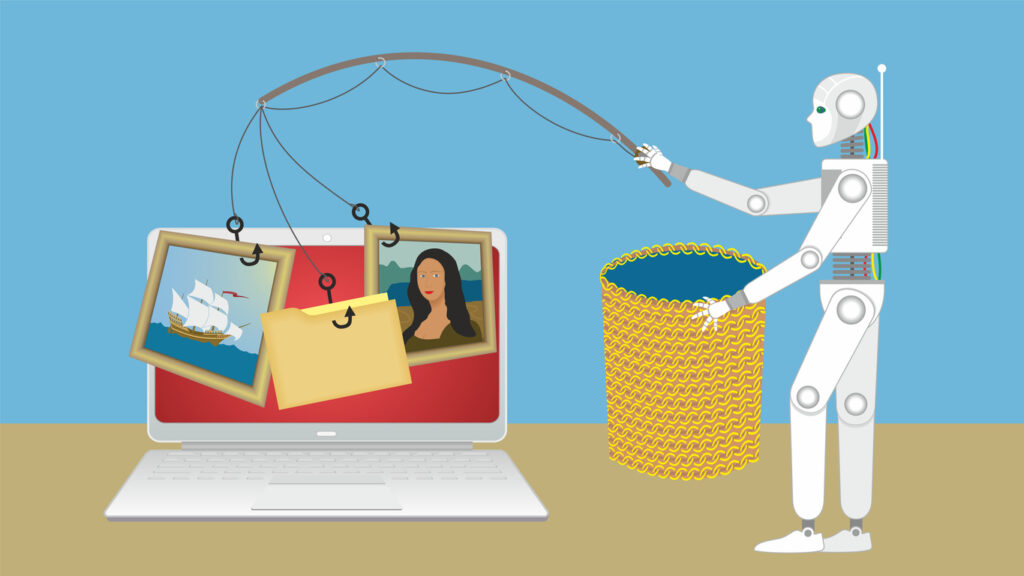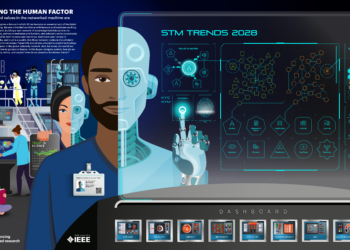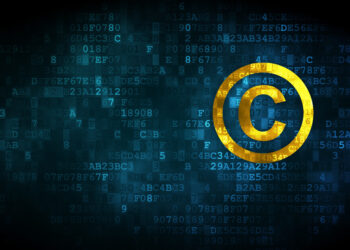Copyright Licensing and Human Advancement
Copyright licensing, that is, the granting of permission to reuse copyright works, has likely existed as long as copyright. If you are keeping track, that would be from 1710 with the Statute of Anne.
Collective copyright licensing is nearly as old, generally viewed as dating from 1777. While there are many models of collective licensing, they all serve the same purpose: namely to reduce market inefficiencies where users require a large number of licenses from multiple rightsholders but where the non-standardized terms of use, individual transaction costs, and resources needed make direct licensing challenging.
Notwithstanding use over the centuries, if you listen to some tech companies you might believe that licensing is strangely difficult. For example, in a response from Microsoft and GitHub to the US Copyright Office’s Artificial Intelligence Study, the parties stated:
Any requirement to obtain consent for accessible works to be used for training would chill AI innovation. It is not feasible to achieve the scale of data necessary to develop responsible AI models even when the identity of a work and its owner is known. Such licensing schemes will also impede innovation from start-ups and entrants who don’t have the resources to obtain licenses, leaving AI development to a small set of companies with the resources to run large-scale licensing programs or to developers in countries that have decided that use of copyrighted works to train AI models is not infringement. Moreover, without access to a broad set of training materials from varied sources, AI models may become biased or inaccurate. Other proposals that practically limit access to content, such as an opt-in or license system, suffer the same drawbacks.
The argument that copyright and licensing somehow stifle innovation is seemingly as old as copyright itself. I tend to find it silly. Copyright predates the measurement of longitude, the horseless carriage, radio, and a few technologies that I currently wear. Collective licensing has advanced technologies including recorded music, broadcast, cable, photocopying, and the Internet. So why are these companies so adamant that, notwithstanding history, licensing will “chill” or “impede” progress? The answer (other than “money; they don’t want to share it”) lies in part in how US courts and non-US governments view the interplay between licensing and copyright exceptions.
Opt-in vs. opt-out
Copyright is technically an “opt in” regime. In other words, rightsholders are meant to be able in the first instance to choose whether to allow copying and licenses, or to refuse copying and licenses. Legally, licensing should precede use. Unfortunately, courts and governments nonetheless often look to the availability of licenses in determining whether to allow works to be copied absent consent, especially outside of the context of pure piracy. Often, the assumption is that if a rightsholder does not license a type of use, there is “little harm” in allowing the use without compensation. In other words, “license or risk losing” is a significant consideration for rightsholders in the US and other countries.
The Interplay Between Licensing and Enjoyment of Rights in the USA
The US Supreme Court rejected a fair use defense in the Warhol case and looked at the availability of licensing as a critical element in its decision: “As noted by the Court of Appeals, Goldsmith introduced ‘uncontroverted’ evidence ‘that photographers generally license others to create stylized derivatives of their work in the vein of the Prince Series.’”
Similarly, in the Internet Archive case, the Court found infringement, noting “there is a ‘thriving ebook licensing market for libraries’ in which the Publishers earn a fee whenever a library obtains one of their licensed ebooks from an aggregator like OverDrive. … This market generates at least tens of millions of dollars a year for the Publishers. … And [Internet Archive] supplants the Publishers’ place in this market.”
The interplay between fair use and infringement is perhaps best explored in the Texaco case, in which evidence of (my current employer) CCC’s collective license for internal commercial reuse was introduced:
“Though the publishers still have not established a conventional market for the direct sale and distribution of individual articles, they have created, primarily through the CCC, a workable market for institutional users to obtain licenses for the right to produce their own copies of individual articles via photocopying…. Despite Texaco’s claims to the contrary, it is not unsound to conclude that the right to seek payment for a particular use tends to become legally cognizable under the fourth fair use factor when the means for paying for such a use is made easier. This notion is not inherently troubling: it is sensible that a particular unauthorized use should be considered “more fair” when there is no ready market or means to pay for the use, while such an unauthorized use should be considered “less fair” when there is a ready market or means to pay for the use…. We do not decide how the fair use balance would be resolved if a photocopying license for Catalysis articles were not currently available.” [emphasis added]
In the absence of a license, courts will also look at whether the use usurps a licensing market that could be developed by the rightsholder, although as a practical matter this is obviously harder for the rightsholder to prove. This is why we have seen companies who do not want to pay creators for AI uses inaccurately arguing both that “licensing is not possible” and “collective licensing cannot be successful here.” With a functioning market, they will need to pay creators.
The Interplay Between Licensing and Enjoyment of Rights Outside of the USA
While this seems very US-centric, the same concept applies to the (very, very) small number of other countries who have adopted fair use. More significantly, it also applies in the few countries (plus the EU) that have adopted text- and data-mining copyright exceptions. (Note that text- and data-mining – TDM — is not the same as AI but is frequently used in the process of “training” AI systems). For example, Japan has a broad copyright exception for TDM that is tempered by an equally broad caveat that the rights and interests of copyright holders “may not be unreasonably prejudiced by any TDM or data analysis activity.” Thus, the Japanese copyright exception is limited in scope when rightsholders have licensing programs in place.
Commenting on the Japanese law, copyright expert Elenora Rosati states: “It further follows, for instance, that blanket copying of protected content for the purpose of training a generative AI model where such use is or could be reasonably expected to be licensed by the rightsholder might not be allowed under the Japanese TDM provision because of the second limb of the [Berne 3-Step Test] (no conflict with the normal exploitation of the work).”
The 3-Step test should limit almost all national TDM exceptions where licensing programs are in place. For example, Swiss law considers international copyright treaties as self-executing. To the extent that a rightsholder makes licenses for TDM available, Swiss courts should limit the scope of the TDM exception, which otherwise allows commercial reuse.
Conclusion
As defendants in multiple copyright infringement lawsuits regarding their AI activities, Microsoft and GitHub have a strong self-interest to continue asserting that their activities are not capable of licensing. To be fair, just because they are self-interested does not make them wrong. In the continuing spirit of self-interest, my response to these arguments is this quotation from the Texaco District Court decision, written by founder of the “transformative use” copyright defense (on which Microsoft and GitHub rely) Judge Pierre Leval:
The availability of … license from the CCC renders moot the argument that so influenced Williams & Wilkins that a finding of infringement would harm science. The acceptance and use of CCC services … undermines Texaco’s reliance on the contention that unauthorized photocopying is customary and reasonable in private industrial research laboratories.
Denying the possibility of a license is much easier than justifying a decision not to purchase one. If a license is possible, then the decision not to pursue one is more likely to be fatal to a defense.




